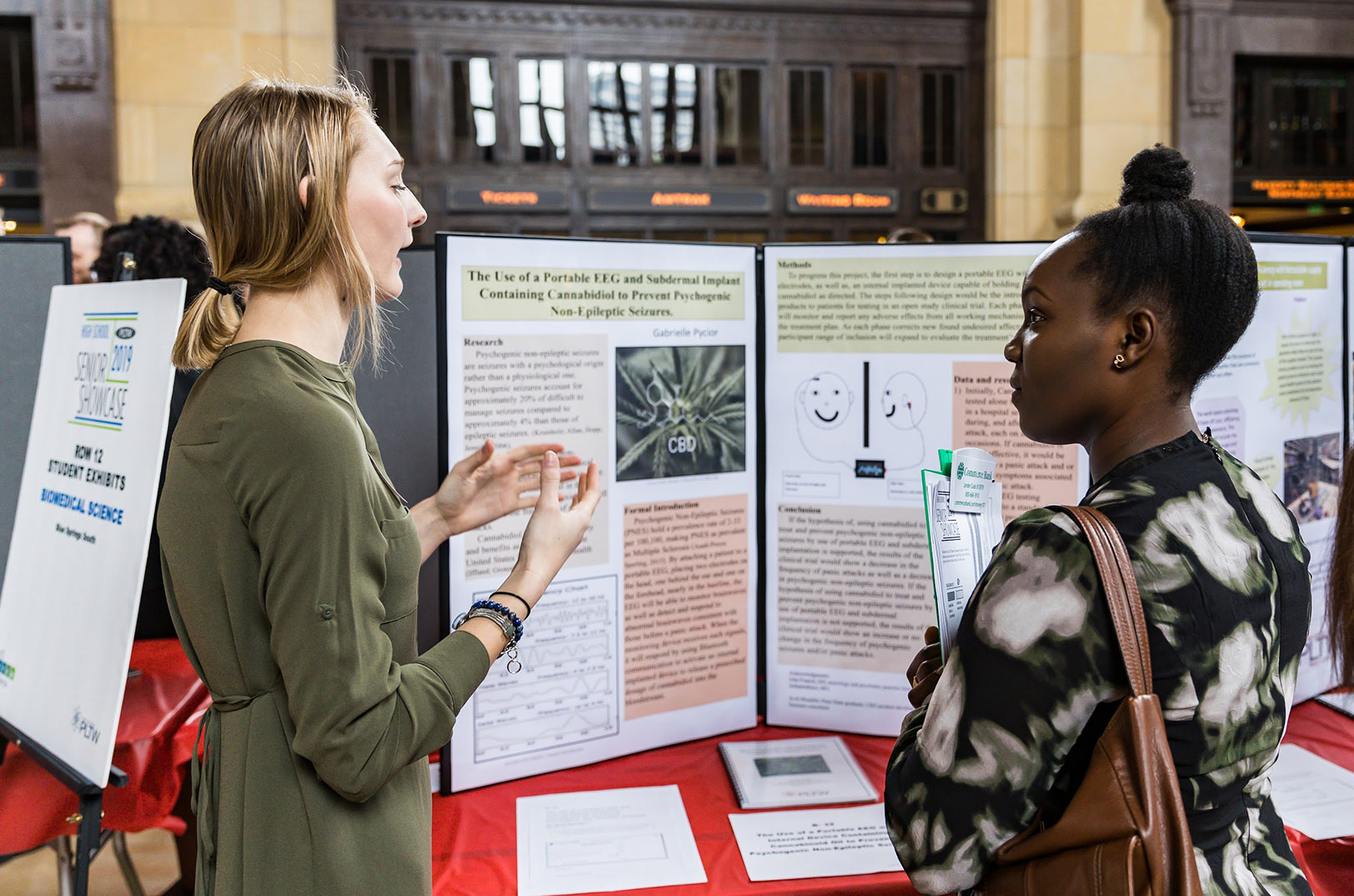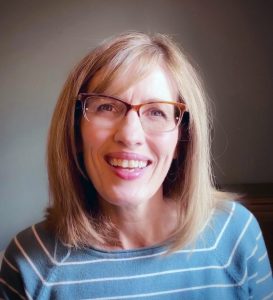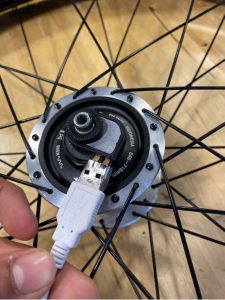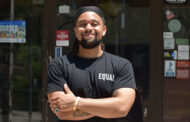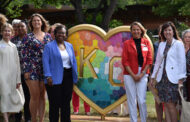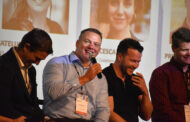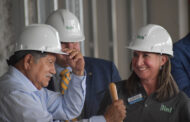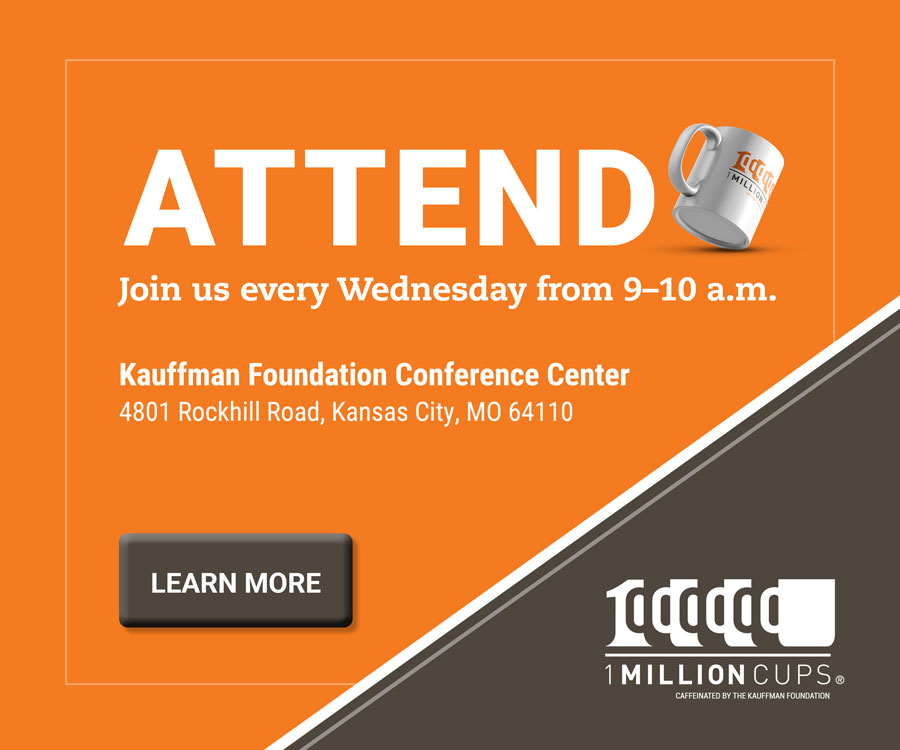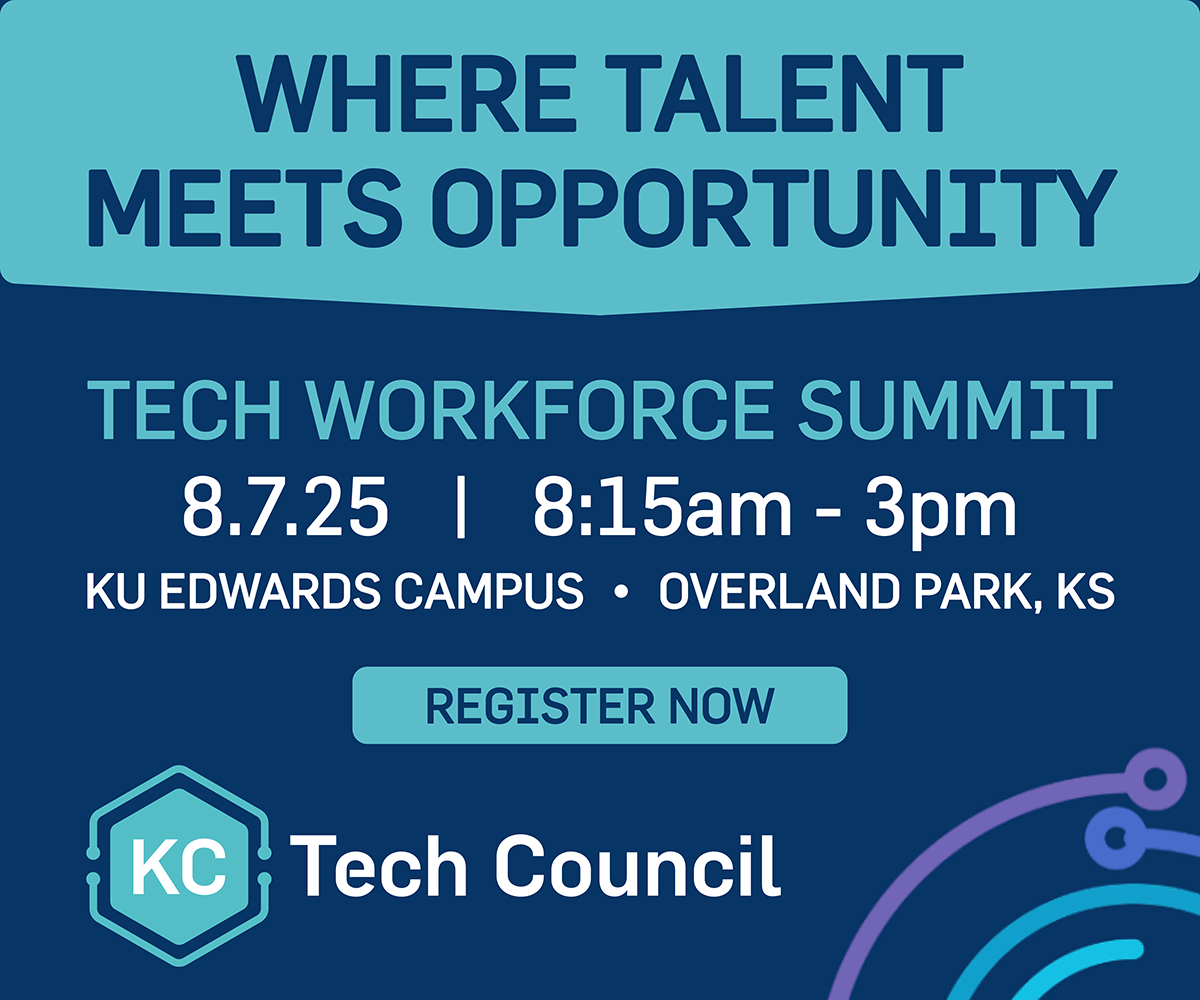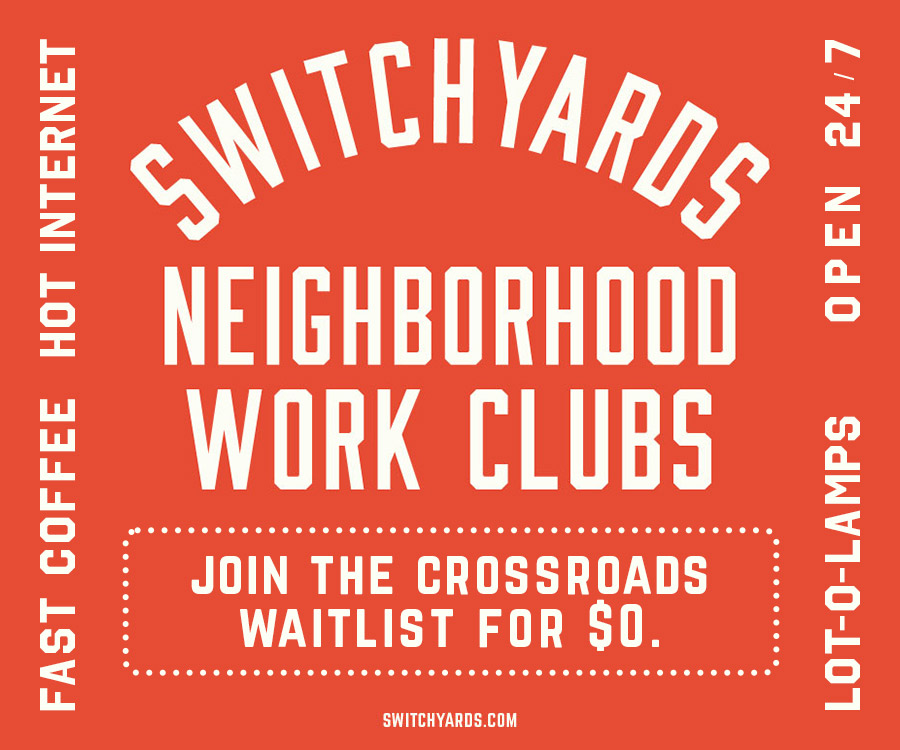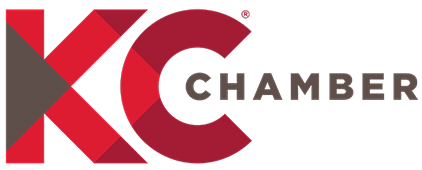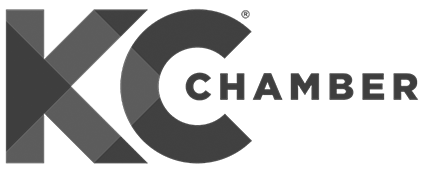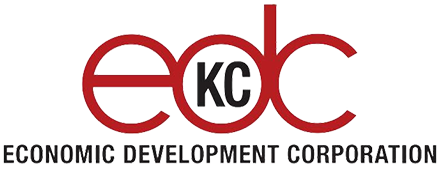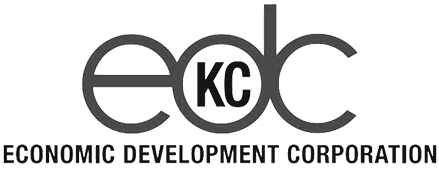Editor’s note: The opinions expressed in this commentary are the author’s alone. Callen Fairchild Zind is communications manager for the KC STEM Alliance.
How do you prepare for a career when the world is changing at such a rapid pace that no one can quite envision what jobs of the future will look like?
In Kansas City, educators and the nonprofits that support them are increasingly turning to teaching innovation through in-school curriculum that emphasizes problem-solving skills and through student competitions that reward ingenuity, relevancy and an entrepreneurial mindset.
As Kansas City’s STEM (science, technology, engineering and math) learning ecosystem takes root, entrepreneurs, educators and students are intersecting in new ways. One of the newest is through the Kansas City Invention Convention, a national program introduced by Linda Hall Library in 2020. The competition, open to students in grades 4-12, encourages students to imagine new solutions to everyday challenges.
In its first year, the competition drew 510 students from 31 school districts across 17 counties, with five inventions moving on to the Invention Convention U.S. Nationals. To prepare for competition, students create a logbook, display board and prototype to share their ideas and get feedback from professionals in the community. Students can participate individually, as part of an afterschool program or through a classroom.
“It’s one thing to learn from a book, but another to shape and present your own ideas,” said Dan Toughey, co-founder of TouchNet Information Systems, Inc., and a Kansas City Invention Convention student mentor. “Lots of people have great ideas—but learning to take something from the very beginning and then digging in to bring form to those ideas …is really good training. Sharing and learning to present will be a tool or talent they’ll use their whole life, whether as an inventor or in giving a presentation in a business setting.”
Linda Hall Library organizers said the competition’s differentiator is its curriculum and its structure, which also allows students to improve their inventions year after year with mentorship from innovators who have “walked the walk.”
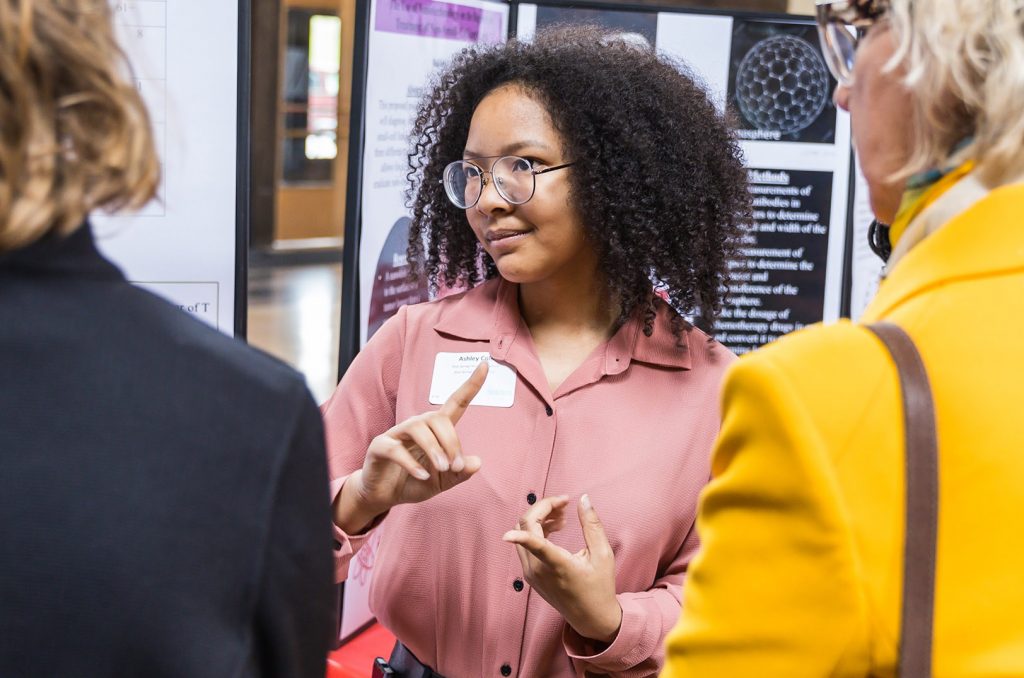
Students who showcase their innovative projects in the Project Lead The Way Senior Showcase share their ideas with visitors and volunteer mentors during the event. (File photo by Charles Maples)
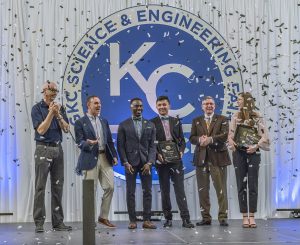
The Greater Kansas City Science & Engineering Fair is the region’s longest-running STEM competition, celebrating its 71st competition next spring. (File photo courtesy of Science City at Union Station)
The region’s longest running STEM competition, the Greater Kansas City Science & Engineering Fair, introduced an invention category in 1988. Fair Director Emily Meyer said the invention category is for students in grades 4-8 and allows their original thinking to shine.
“I’m always impressed with their ideas,” Meyer said, recalling an elementary student who invented a hammock-like car seat for her cat as an alternative to a pet carrier and a high school engineering project designed to help athletes recover from sports-related injuries. Developed by a soccer player, the invention already had a patent pending when it came into the fair.
Meyer said the number of engineering projects in the fair has gradually increased as engineering curricula and CTE programs expand in schools and organizers cross-promote student competitions.
Project Lead The Way, an in-school curriculum that reaches nearly 100,000 students in the region, includes pathways in engineering, biomedical science and computer science. Biomedical science and engineering students complete a culminating capstone course in their senior year and can enter a set of competitions organized by the KC STEM Alliance.
To add real world relevance, the KC STEM Alliance teamed up with Startland to create the Make It REAL Innovation Model, which includes an Innovator Award category. Teri Kriege, KC STEM Alliance’s outreach consultant, said teaming with Startland — known for its own education programs that bring an entrepreneurial mindset into schools — was a natural fit that illustrates how a STEM learning ecosystem works.
Editor’s note: Startland is the parent organization of Startland News, and it operates an education program independent of the nonprofit newsroom.
Through the Make It REAL experience, students learn the importance of identifying, framing, and focusing on a problem worth solving. A series of “pitch it as you build it” sessions organized by Startland gives students real world feedback as they go.
“It becomes more than just a school project,” Kriege said. “We’re asking students to stretch to see that it’s more than engineering — it’s about putting something out into the world that solves a real problem.”
ABOUT THE COMPETITIONS
Kansas City Invention Convention: Registration is open now; there is no fee. The competition culminates on April 23, 2022, with the Invention Showcase at the University of Missouri-Kansas City. The Kansas City Invention Convention is supported by Linda Hall Library and the Linda Hall Library Foundation. For more information: www.kcinvent.org.
Greater Kansas City Science & Engineering Fair: The fair will take place March 23-26, 2022, at Union Station. For more information: https://unionstation.org/event/gkc-science-fair/
Make It REAL Innovation Model: This experience is designed for students enrolled in PLTW capstone projects through their schools and is a partnership between KC STEM Alliance and Startland. A public showcase of projects and live judging of the Innovator Awards will take place April 26, 2022. For more information: www.kcstem.info/Innovation.
Getting involved: Learn more about volunteering as a mentor, judge or classroom speaker: https://www.kcstem.org/2021/10/giving-back-by-getting-involved/
Mike Farmer, an inventor who’s in his fifth year of teaching innovation in the Blue Valley CAPS program, said that helping students find their intrinsic motivation often leads students to tackle problems they’re eager to solve.
Case in point: in the inaugural Kansas City Invention Convention, Best of Show winner Anthony Arquieta turned his enthusiasm for mountain biking into an award-winning prototype for a regenerative, lightweight conversion kit to power e-bicycles for extended distances.
Arquieta is one of four of Farmer’s students to enter the competition, which Farmer said aligned well with their classroom work: “Competitions can make it authentic. You’re getting feedback from real scientists and engineers and you’re not just doing it for the grade, but for real world experience.”
Design thinking requires you “get outside yourself” and talk to real people who can give you valuable feedback, Farmer said. This helps students develop the ability to adapt, remain flexible and adopt a growth mindset, leading to self-awareness and confidence.
“These experiences give you the confidence of knowing you can walk into a problem set and start knocking it down,” he said. “It’s a model you can apply to your entire career.”
Callen Fairchild Zind is a writer who loves sharing stories about Kansas City’s innovative young people. She manages communications for the KC STEM Alliance and is the regional producer for Remake Learning Days-Kansas City, a festival of innovative learning returning to Kansas City in May 2022.

